Soviet complex protection of tank ZET-1
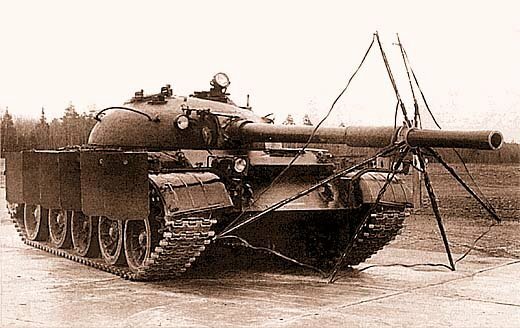
There were times when designers thought the best protection tank from a cumulative projectile is ... an umbrella! Yes, yes, do not be surprised, it was in the form of an umbrella worn on the barrel of the gun that the original defense was made. It got to the point that they even planned to adopt it, and already tested on a variety of Soviet tanks.
Anatoly Bakhmetov
GRID AGAINST SHELL
The successful use of anti-tank weapons with the cumulative principle of the destruction of armored objects during the Second World War pushed designers and scientists to further improve this type of ammunition. In the postwar years, armor penetration of cumulative projectiles was almost doubled.
By this time, it became clear that the reservation of Soviet tanks T-54, T-55, T-62 does not provide protection against destruction of the above-mentioned ammunition. The thickness of the armored parts of our tanks was: upper frontal sheet 100 mm with tilt angle 60 °, lower frontal sheet 100 mm when tilted 55 °, sides of the hull 80 mm with 0 ° and forehead of the tower 170-90 mm with 23 — 55 °. Therefore, to protect 85 mm cumulative projectile with a copper funnel, it was necessary to have a thickness of the upper front sheet 215 mm, the lower frontal 250 mm, the hull sides of at least 250 mm with the same angle of inclination. When firing 115-mm cumulative shells these parameters should have been 260, 290 and 200 mm, respectively. Such an increase in the thickness of armor parts of the tank hull would have led to an increase in their mass by 9 — 10, which, for obvious reasons, was unacceptable.
Therefore, to solve the problem of protecting tanks in the direction of firing and hull sides in the range of course angles 25 ° from cumulative ammunition caliber to 115 mm in 1964, the comprehensive screen protection ZET-1 was developed and tested. It consisted of a mesh frontal and solid side screens.
The properties of the screens as protection against cumulative ammunition are based on the fact that when this cumulative projectile hit this screen, it broke before meeting the tank's armor, resulting in a cumulative jet that had flown in the air a considerable distance before reaching the armor of the tank. When moving in the air, the jet disintegrated, as a result of which its penetrating ability decreased sharply, and it could not penetrate the armor.
The net screen weight was 60 kg, the minimum distance between the screen and armor was 1800 mm. The transfer time from the traveling position to the combat one was 2 — 3 minutes, and for setting the screen itself to the tank - no more than 15 minutes. The difference between the screens for the T-54 / 55 and T-62 tanks consisted only in the diameter of the base mounted on the gun barrel. The side screens were sectional and made of duralumin. Their weight was about 200 kg, the minimum distance between the tank side and the screen section (at the angle of rotation of the section to the tank axis at 30 °) was 1500 mm. The transfer time from the traveling to the combat position was about 1 minutes, and the installation time to the prepared tank was 3 minutes.
The main emphasis in the testing of complex protection was made on the determination of its survivability during the shelling, as well as the strength and reliability of attachment during the operation of the tank.
According to the developers of ZET-1, it had to ensure the destruction of only one section of the screen when an 85-mm projectile hit and two sections when an 100 — 115-mm projectile hit. The fire tests carried out at the beginning of 1964 almost completely confirmed the designers' intentions. Additionally, it was noted that the replacement of one section in the field was only 2 minutes.
An equally important stage of testing was to verify the reliability of the mounting of screens. To this end, the experienced T-55 and T-62 tanks passed sea trials (in the volume of 500 km) overcoming various obstacles. Upon their completion, it was noted that the mounting of both the onboard and mesh screens as a whole is quite reliable.
In conclusion, the state commission noted "a significant increase in the effectiveness of tank protection when applying the above protection," and also recommended "taking over the ZET-1 screen for supplying the Soviet army." In relation to the onboard screens, it was recommended to revise the way they are attached to the tank.
However, the mesh screens were not particularly “taken root” - by order of the Chief of the Main Automobile and Armored Directorate, their use was envisaged only during the “threatened period, just before the outbreak of hostilities”. After adopting the T-64 and T-72 tanks with a fundamentally different structure of armor (multi-layer) of increased projectile resistance, the need for mesh screens completely disappeared.
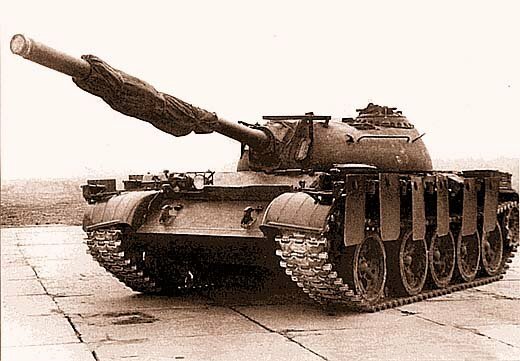
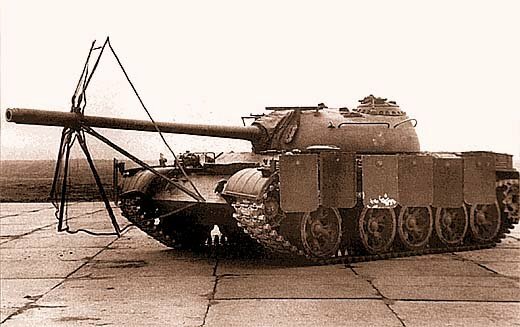
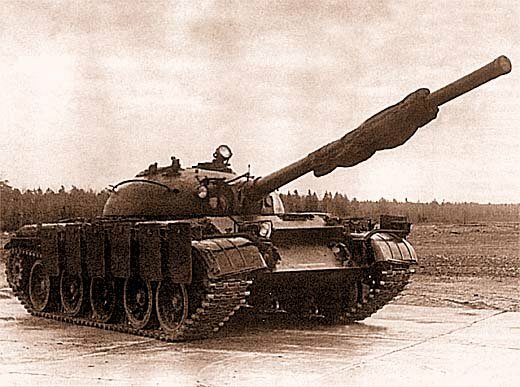
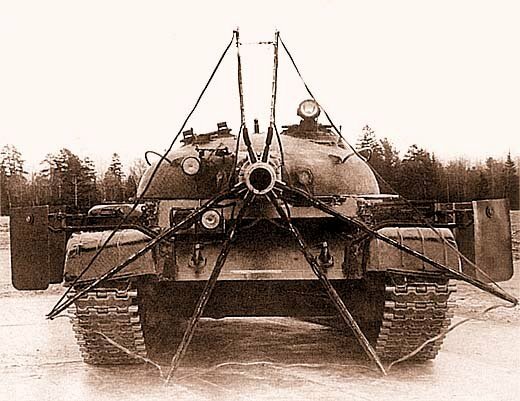
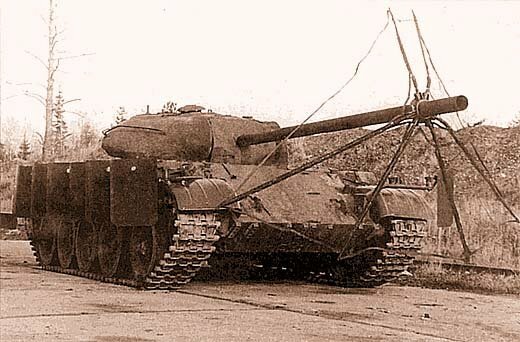
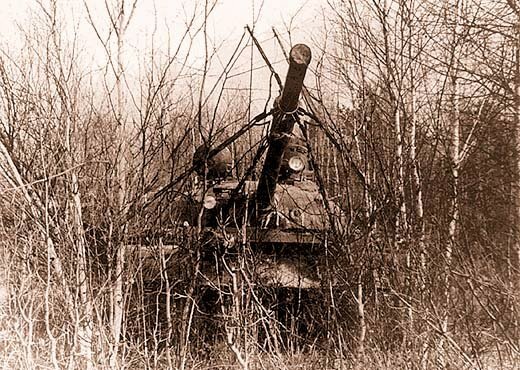
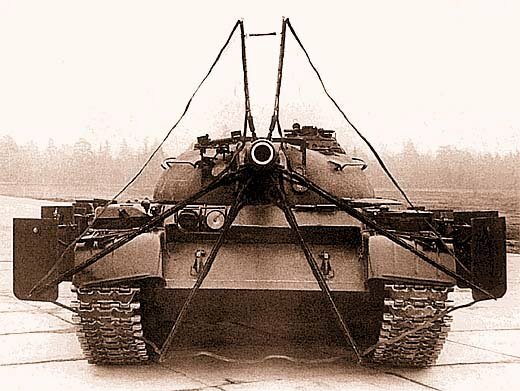
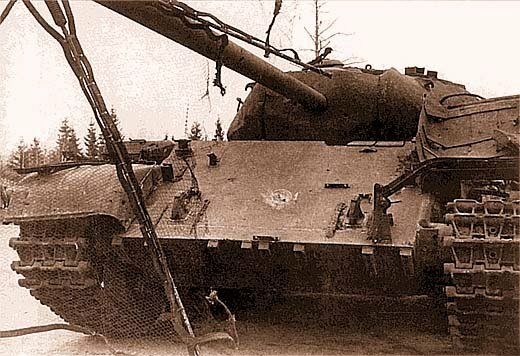
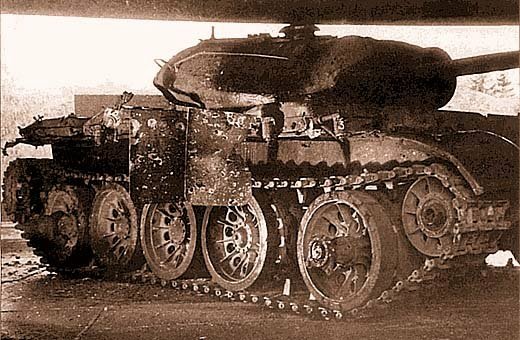
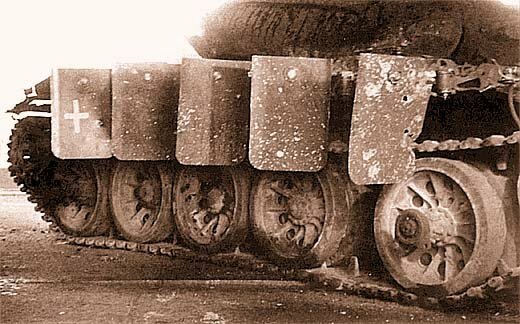
Information